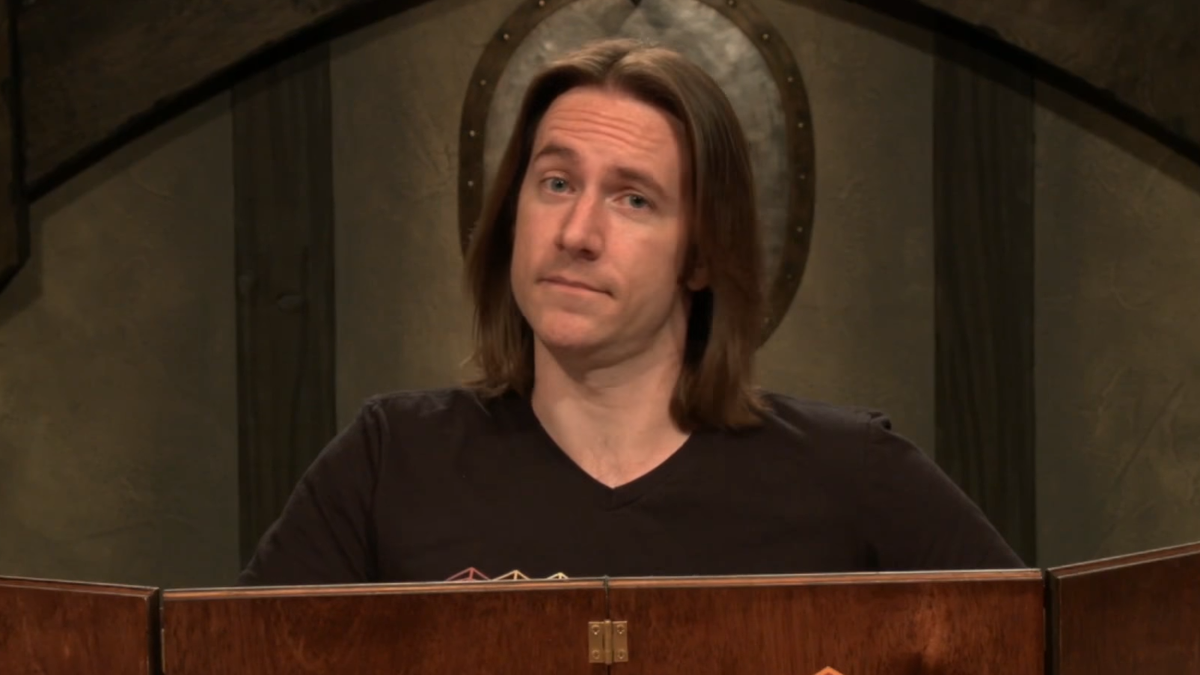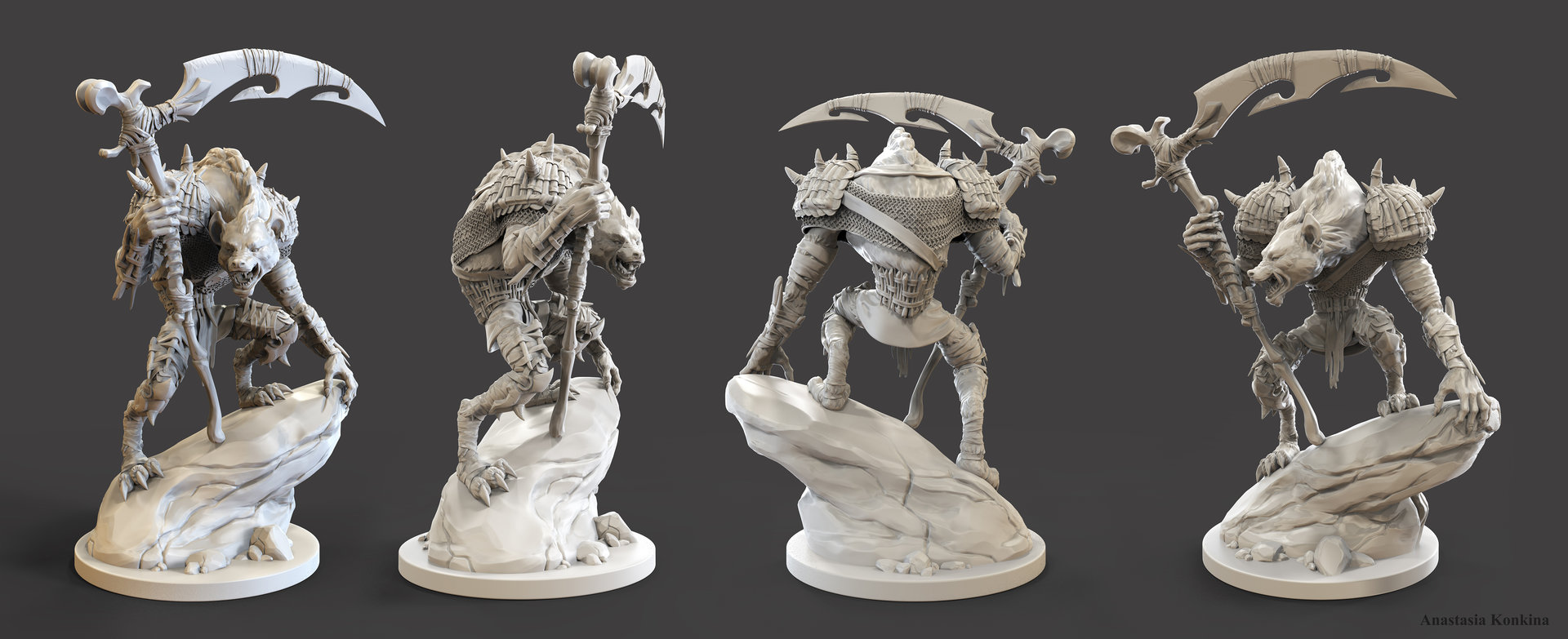 |
| Pic.... Unrelated? |
| This doesn't have anything to do with the article. I just hate D&D 3rd ed's bluff mechanic |
 |
| This is what genius looks like |
 |
| Pic.... Unrelated? |
| This doesn't have anything to do with the article. I just hate D&D 3rd ed's bluff mechanic |
 |
| This is what genius looks like |
Quick post today, updates on the game and other stuff that is happening.
 |
| Who does Hiro give that flower to? Become a Patron and find out! |
First! I've been working on some minor tweaks and updates, streamlining and cleaning up the rules. This is a bit more extensive than the original scope of the tech-edit I'd planned, but as I'm a completely idiot, I am thoroughly playtesting all of these changes as soon as I write them. They're also being made available to patrons, who can click on our shiny patreon button up there and get both those updates and some sexy new art from our rockstar Kazuki Shinta.
Second: We're proceeding at a great pace. The writing had a big leap forward this week, and I'm plowing forward with the remaining content and process rules today. Once those are done, we can finally get to the meaty fun parts of the system, the kung-fu supermoves and other associated badassery.
 |
| An accurate depiction of the writing process |
 |
| HO HO MOTHERFUCKER |
Below is a three-hit combo, my writeup of my late-night Denny's-based playtest session and my thoughts on it. This first appeared on our Discord, the Fistoverse. Part one are my musing on the current design and rewrites, part two is a video I recorded this morning after a few hour's sleep post-session, and part three is the written session recap.
This playtest was based on Blood from God's Eye, the Quickstart Adventure which you can download for free (or money if you want to see more art sooner rather than later) and follow along with.
PART ONE: HOLD YOUR FISTS UNTIL AFTER THE ROLEPLAY
"So! First: It went well. Actually so well that I was surprised
The lone combat (which happened two hours into the session, wowee) was a gigantic setpiece with tanks, armies, and six Degree 1+ heroes
Lasted about two rounds, but they were big and explosive with a ton of action
Takeaways:
1) I have no idea what I was thinking with the new Prana calculations. What, FIVE in the pools? What?
So that needs to get fixed
2) Effortless doesn't work as a core for action. BUT, it works well as the passive defense and the basis for unrolled actions. So that's nice
3) All or nearly all of the way processes and content are being designed works like a motherfucker in play. This pacing was solid
4) I need to probably divide the way Imbalances work; it's fine to have the GM doing rulings and adjudications for player actions (basically expanding their interpretation and veto powers) but it doesn't work for NPCs under their direct control. I should probably just have a set of guidelines for roleplaying and describing injured characters that GMs have to adhere to, because if those are available to players, then you effectively flip that adjudication role and the player is given limited veto over GM descriptions. That feels like a more functional paradigm, will have to work on it
5) Argh failure spiral. Bad guys might never be tough enough to survive an asswhuppin' in round 1 by a table of capable players
And THAT problem might actually be unavoidable so long as NPCs and PCs use the same rules to advance
We'll see if my fixes to mid and high-level Techniques, which gives them expanded free functionality against groups, can turd the tide there and make bosses tough enough to feel right
I also might make it more explicit in the rules that followers can absorb attacks for you, so they can be used to pad out the health of bosses
Even though that feels kind of lame, like Frieze never hid behind his minions. Motherfucker was just a solid wall of asskickin'
"Punch THIS you dirty monkey!"~My hero, the genocidal bishonen alien
Anyway, the players were incredibly engage and had a fantastic time. They basically begged me to run again, and now man I want to because I want the boss battle with Flesh Eating Sage."
PART TWO: PUNCH-DRUNK LOVE
PART THREE: WHY PUNCH ONE TANK WHEN YOU CAN PUNCH TEN
"Okay so the session itself
I took it from where the last playtest left off, which actually makes this a record third consecutive game in a playtest for me
Which is good, because I need to see how the game holds up as it acquires rulings and has to deal with it's own history
Spiteful Prince, our Silver Phoenix, was recovering in Last Hope Fort, having been wounded by Oily Manyu and brought there by Hiro and the surviving Golden Lion soldier from the tank battle at the Battle Zone
Anyway, they were soon joined by Seven Sorrows Raven (player reprising her from an earlier playtest, actually) who was seeking out Hiro (a friend in that game) to help her get revenge on Flesh Eating Sage
Finally, Cave Buffalo, newcomer to the group, came down from the Brotherhood stronghold to ensure that package they're carrying gets delivered to Bao.
Quick sidenote: That player was a dream player for me. Constantly working within the fiction, thinking tactically, roleplaying consistently, just jumped feet first into the game and was a fucking blast the whole time. Every one of my players was radical but that guy, whom I have never roleplayed with before, was just a joy and it was such a blessing to just, luck into a dude like that
So, here's the interesting thing about this session
Next guy to show up, with his army, is Luckless Chuan
And he DEMANDS the package from the party, citing the desperation of his circumstance and the huge consequences if Flesh Eating Sage takes his goldmine (and no joke, they are DIRE)
And... They talked it out. Like not one punch is thrown
Almost pure roleplay, players are engaged, trying to find compromises, figuring out the tactical situation, trying to come up with plans
It was beautiful. And unexpected, my players are usually such hilarious murderhobos
So they investigate the fort, since Buffalo uses his water-charming mantra to sense the presence of old, stagnate water in the pipes around the ancient fort, and he finds a water main leading WAY downward and they figure they can get into his stomping grounds that if they follow it down
They are CORRECT; they actually wind up in tunnels that connect them eventually to the resting place of the ORIGINAL Two-Souls Bao
So they encounter her out of sequence, which I found delightful, and skip the whole "Haha the quest was a TRAP!" twist and they actually NEVER meet the evil clone Bao
Man, Bao got their respect though. She's really high-degree and she just tears through their stealth attempts like tissue paper
Not that she does anything but invite them to her hobo-dinner because like, she's cool if they kill her. She just refuses to die without dignity and calls them out like "Look if you're gonna kill me, just do it. Otherwise it's supper time"
Anyway, they crack open the box, find the note from Hiro's deceased master, and actually get Bao to agree to return with them to Last Hope to defend the Lions against the Vipers. She Refuses the blade, saying it should be in the hands of a worthy hero (as she still considers herself a failure). Hiro winds up with it, since it was his master that sent the blade.
Anyway, they return to the fort, make plans, aaaaand then the tanks start rolling in
A runner arrives and tells them that the Viper's tank armada is on the move through the Battlezone, en route to Luckless Chuan's outpost
Shit gets real quick; they unearth some AT weaponry under Last Hope, but it's ancient and not necessarily safe. I rule that they get 1 shot per rocket (10 total) and they've got a 20% of being duds, with a 10% of catastrophic misfire
They make an actually great plan to hide the newly-arrived Brotherhood of Freaks reserve troopers under the marsh with the missiles, cover them in a thick mist summoned by Seven Sorrow's weather control, and ambush the tanks before they can besiege the mining operation and starve them out and/or demolish everything
Unlucky for them, BOTH Oily Manyu AND Yeman the Elephant-Eater are on those tanks, and Manyu's epic R6 Senses action discovers their hidden forces. He orders his line of five tanks to entrench and shell the area, while Yemen's brigade of 6 Blitzkriegs around
Roll Initiative
Thankfully, Buffalo bids high, grabs initiative and manages to snake out 7 hits with zero misfires (curses!), disabling the back line of tanks and wrecking Yeman's lead charger. Yeman leaps out and Buffalo personally engages the madman, they trade blows and Buffalo's Riptide Defense shield saves him from a near-certain decapitation
Manyu however, eager for a rematch, spots Spiteful Prince hovering above the battlefield and sends both a Glint of Hellish Steel and Summoned Hellish Armament (poisoned chalcedony shadow needle) his way, breaking through his defenses and sending Prince crashing into the mud
No tanks were thrown in the making of this conflict
ALTHOUGH, the previous battle had one punched to death by, who else, Hiro, who had snuck inside it's bombed-out husk and points the main cannon at Manyu's tank, cratering it and sending Manyu face-first into the dirt (and breaking just, so many of his bones and internal organs)
Hiro THEN proceeds to pop out of said tank like a DAISY, calls out Yeman (who's ass they had previous beaten in that fight) and punches him into a bloody pulp, finishing him via decapitation with his shiny new god weapon
The Prince, not to be outdone, summons a psychic shockwave that crushes the tank crews into a pulp Tetsuo-style, and in the next round, Manyu's attempt to escape is cut short by a Prana-devouring beam from Heaven's Tear and his LIFE is cut short by a fusillade of bullets form the machinegun-armed Brotherhood warfighters
Battle over, no enemy survivors"
Lots of cobwebs around here
Loooots of cobwebs.
But hey.... It's Halloween. Cobwebs are appropriate.
We're talking about Gnolls today. Or, as I like to call them, Hyena-men.
I mean, which sounds scarier? Gnoll:
Hyena-man:
You get the picture.
I always found packs of Hyenas to be eerie. That might be a consequence of so much footage of them being shot at night. There's something very "cryptid" about those eyes reflecting the spotlight.
So Hyenas themselves are a wonderful blend of savage and eerie. But Gnolls? Eh, they kinda fall flat with me. Their officially-licensed, sterilized, brand-specific versions are always limp. Pathfinder Gnolls are... Just another version of Pathfinder Orcs, basically. Their entry is functional and punctual, like it's in an interview for stooge monster.
The current D&D Gnolls seem to be under review to determine if they were secretly a racist caricature all along and I'll leave that to those whose needs are served by it. As for me, I only care about the fun parts of D&D Gnolls.
 |
| Pictured: a totally unrelated message board |
 |
| Sculpt by Anastasia Konkina, Based on a concept by Ilya Komarowski |
 |
| Prance! Prance against the giants! |
 |
| I guess this guy's pretty normal, though |
 |
| Behold, Ambrosia |